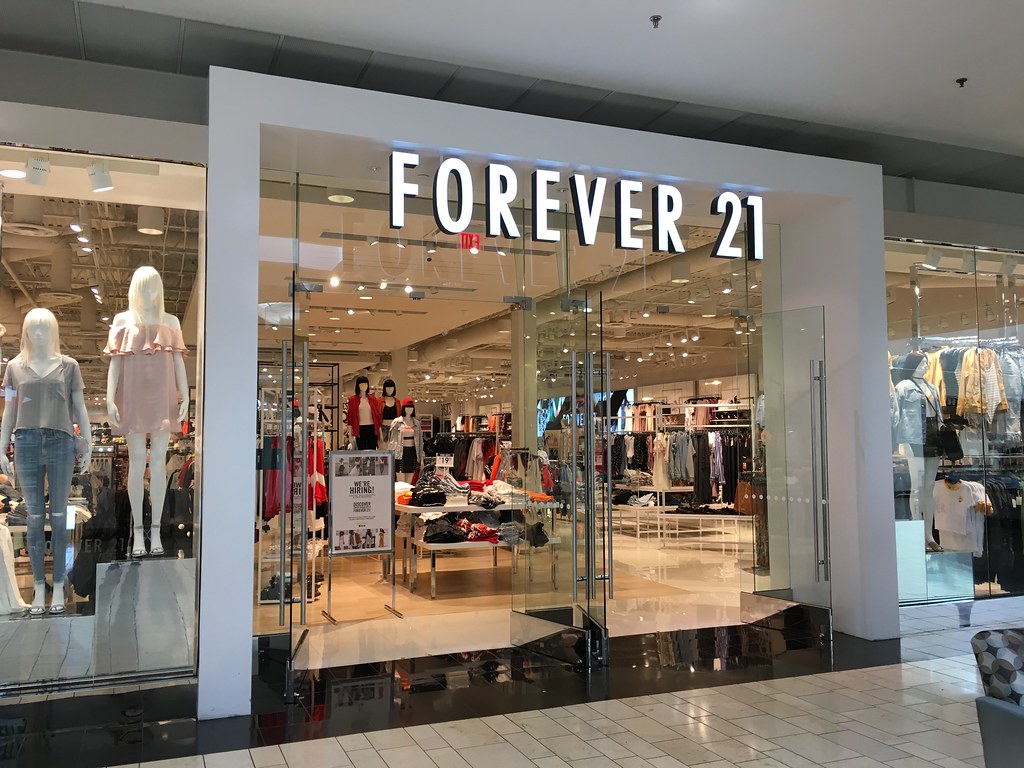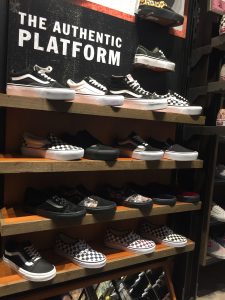Consumers, especially in regards to fashion, are strongly drawn to malls as it can be a highly anticipated positive social experience. Our ‘consumer economy’ was transformed by many changes, the creation of shopping malls being one. Marketing strategies play a massive role in how companies promote their product as a “necessity” as well as appealing to all types of people. The layout of display windows, the way in which brands embroider and design their label, and the variety of products they sell are all ways in which companies portray the “good” through “goods.”
Malls are the perfect outlet for success in that fashion can not only advertise for the product itself but how it makes people feel: living a richer, fuller, loving, happier life if they were to invest. Malls have a great psychological impact on people as they have transformed the way they value goods. While walking through a mall, one is absorbed by the amount of products as well as how it could affect their social status.

Stores such as Forever 21 advertise their clothing and accessories in a modern and chic manner by layout as well as slogans like “shop for the latest trends and best deals.” This appeals to those below the age of 21 as they desire to keep up with styles as well as those over the age who wish to feel ‘young’ again, and the best part: its justified with it being “the best deal”, even if it actually isn’t. The cycle of trends plays both an emotional toll on buyers as they long to be accepted in society because of what they wear as well as an environmental toll, because this constant changing fashion leads to an excessive amount of consumption.

While some stores attempt to attract a certain age group, there are many that try to advertise to all types of buyers. Whether it be including models of all shapes and sizes to their window display or making products fit for all tastes. Vans, a popular shoe and clothing store, is one that has an abundance of shoes, varying in large and small ways from each other. The picture shown to the right is an example of how a style can be transformed slightly in at least 20 ways, which leads to either a “picky” shopper ending up with one or the more addicted shopper to desire all of them. While this mass variety production strategy is successful for their own good, the amount of energy it takes to produce these shoes is overwhelming, only leading to our obsessive materialism.
Personally, I love going to the mall. As much as I don’t want to admit it, I always look forward to new shipments of the latest fashion and the sales that come from those “outdated” styles. During my latest trip to the mall, I thought about the reasoning behind my excitement and it is simple as it being the “norm” to feel this way, as it not only provides goods to those in “need” but it is a socially constructed establishment of pleasure.